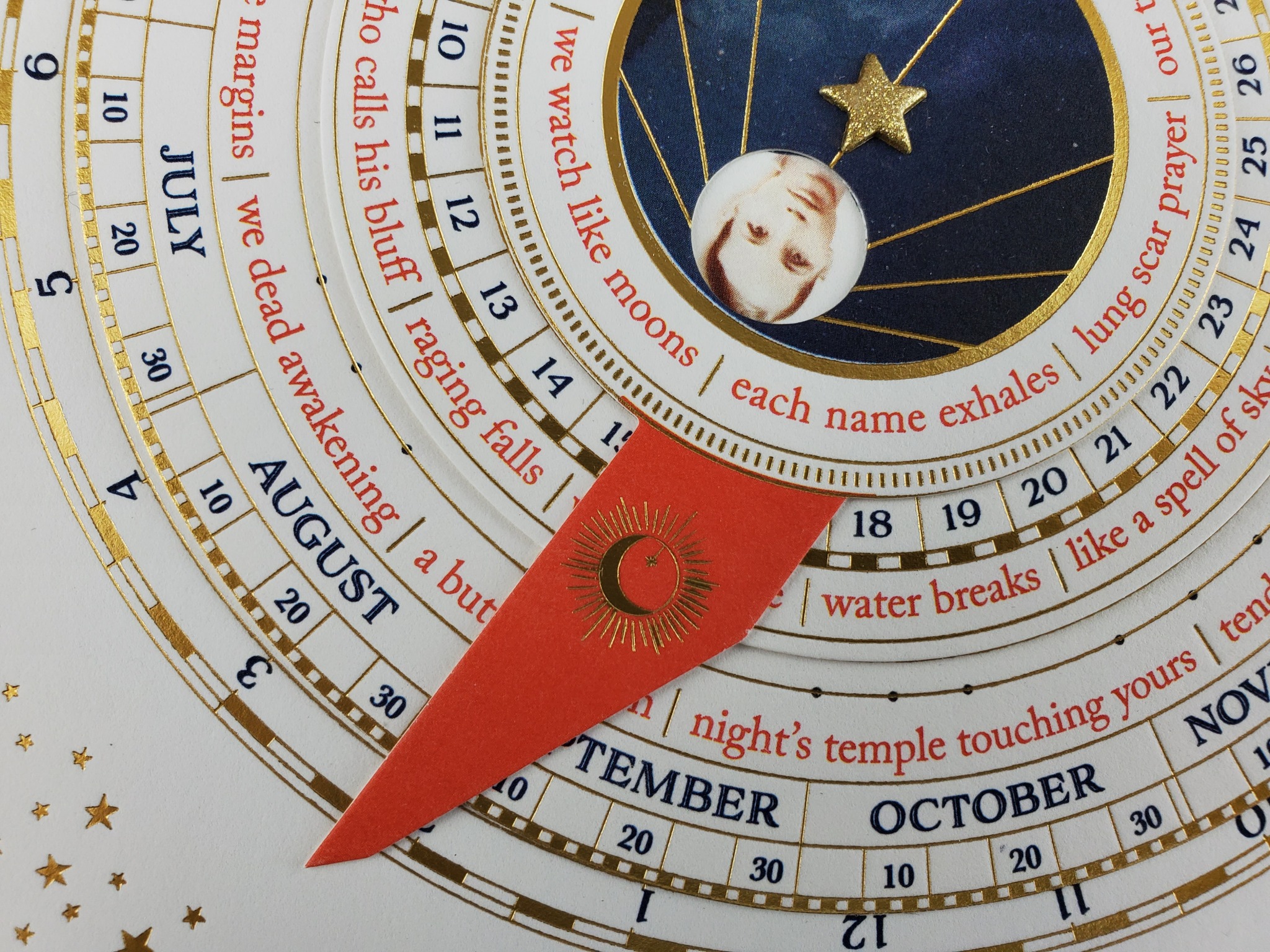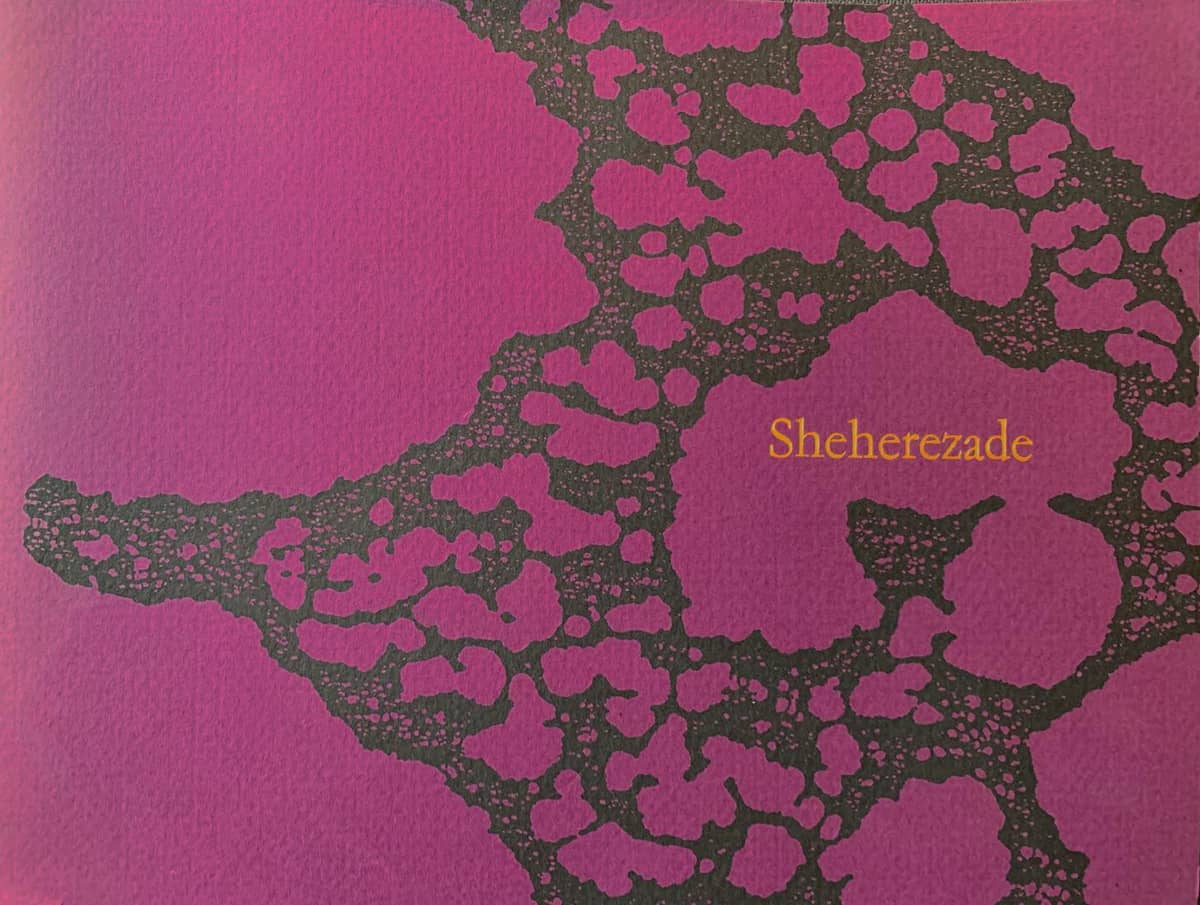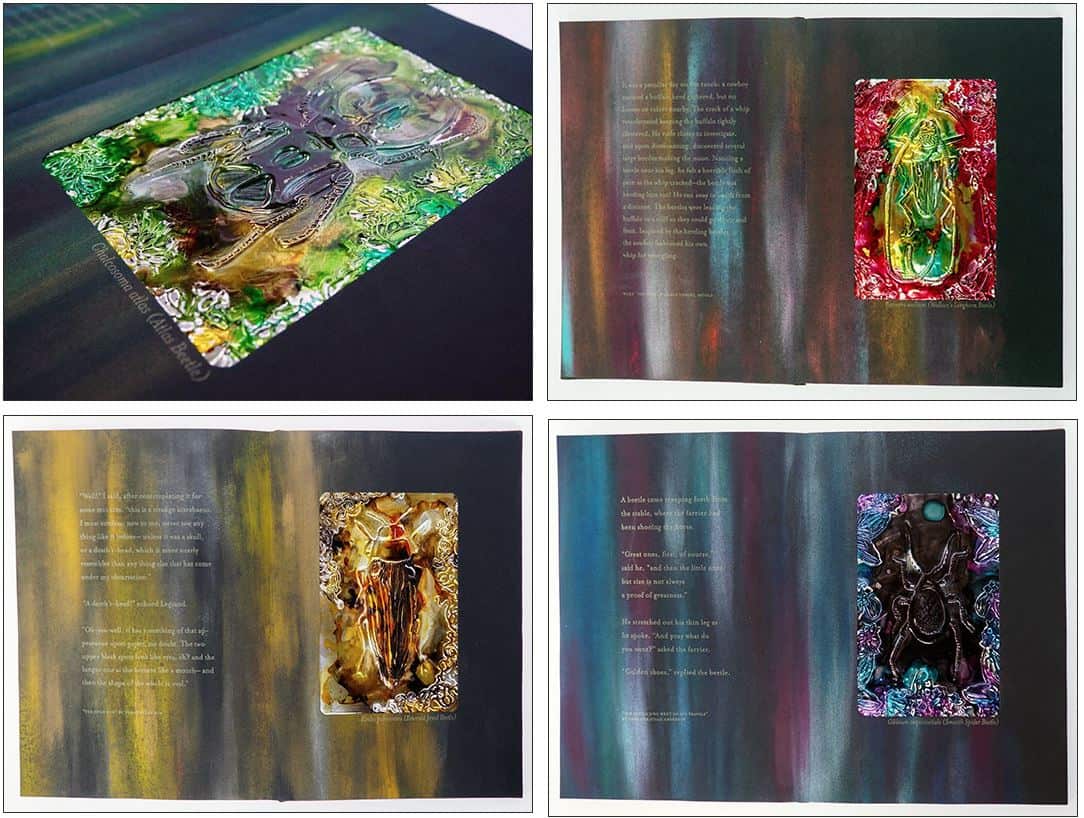The following is written by Olson Graduate Research Assistant Matrice Young Special Collections & Archives recently acquired two artists books from Monica Ong, a second generation Chinese-Filipino American woman born and raised in Chicago, Illinois. Her family history, like many Americans, is a complex one. During World War II, her grandparents left Fujian, China and immigrated to Manila in the Philippines. There, both of her parentsContinue reading “Monica Ong: An Asian-American Visual Poet”
Tag Archives: artists book
From the Classroom- Sheherezade: a flip book
“From the Classroom” is a series that features some of the great work and research from students who visit our collections. Below is a blog by Leslie Hankins from Dr. Jennifer Burek Pierce’s class “History of Readers and Reading” (SLIS:5600:0EXW) Sheherezade: a flip book By Leslie Hankins The bold imperial purple cover with the title,Continue reading “From the Classroom- Sheherezade: a flip book”
Olson Graduate Assistant Acquisitions Project
Olson Graduate Assistant Acquisitions Project Every year, Special Collections hosts two Olson Graduate Assistants who have chosen to specialize in the field of Special Collections Librarianship or Archives for a two-year assistantship. These prestigious positions supplement knowledge gained in the classroom with experience gained from real-world application, balancing theory with practice. The H. John andContinue reading “Olson Graduate Assistant Acquisitions Project”
New Artist’s Books from UI Center for the Book Faculty
Our two newest book arts acquisitions both come from instructors from the University of Iowa Center for the Book. Romeo and Juliet (Naughty Dog Press) is a new book from Emily Martin, who teaches bookbinding and book arts classes here at the Center for the Book. Romeo and Juliet includes one line of dialogue to represent theContinue reading “New Artist’s Books from UI Center for the Book Faculty”


